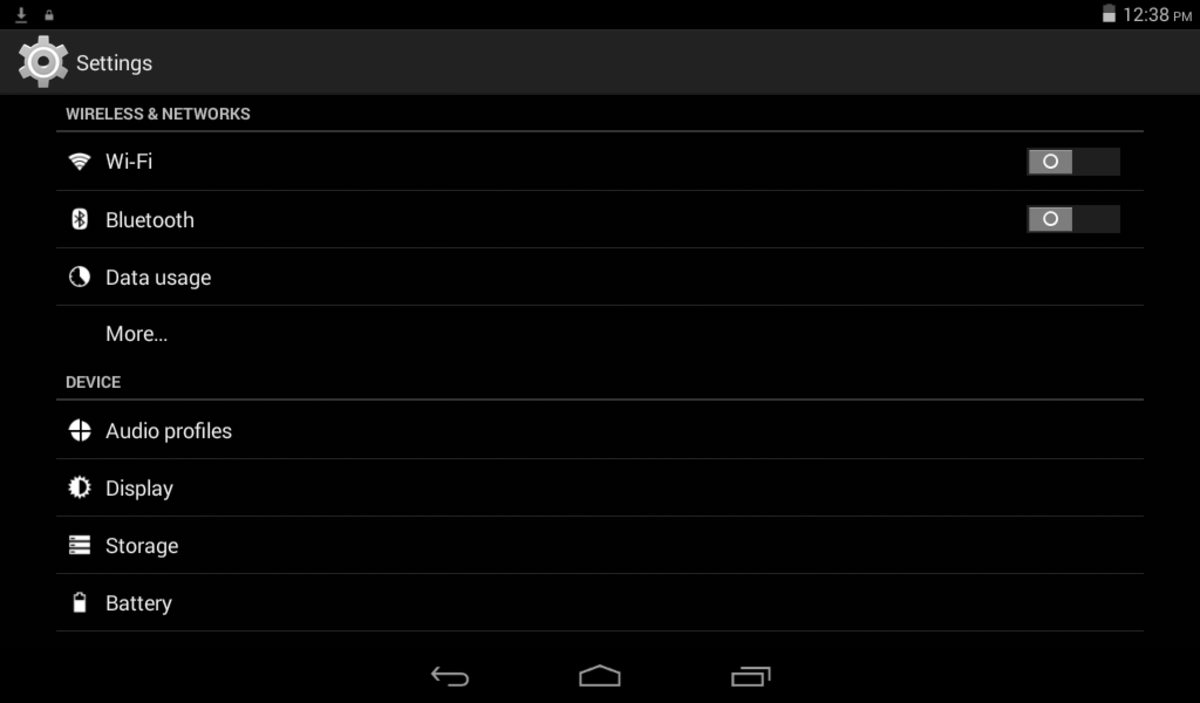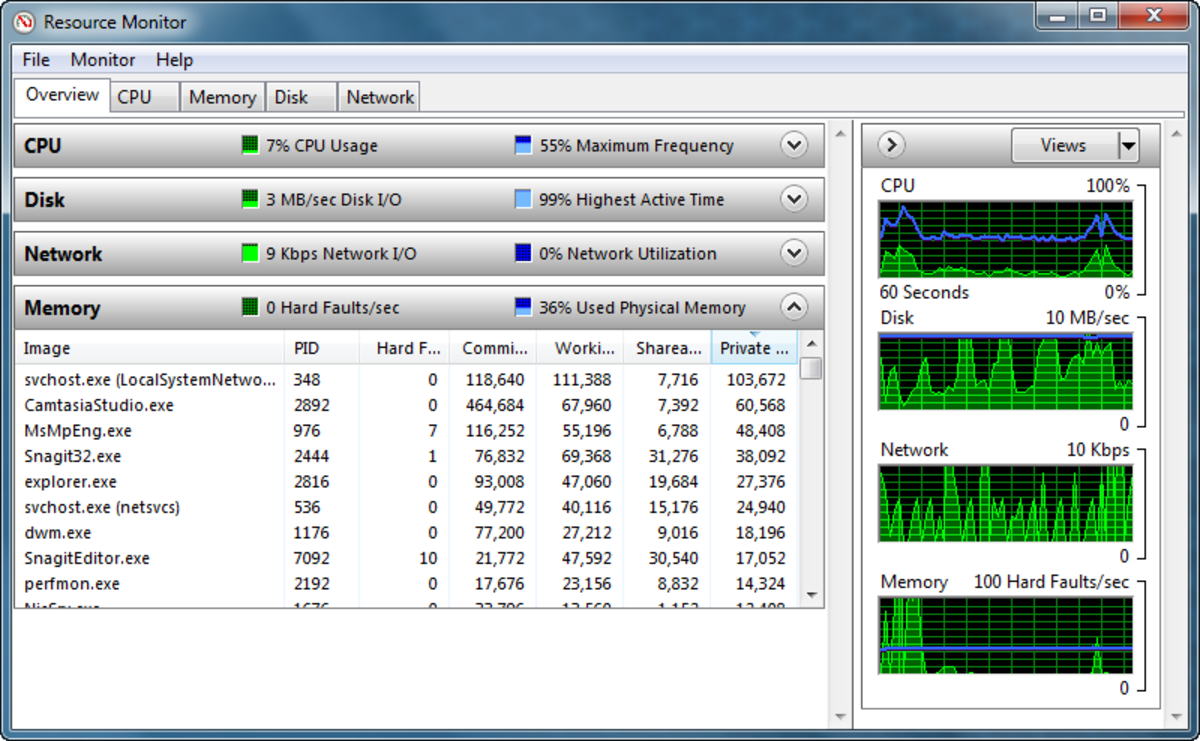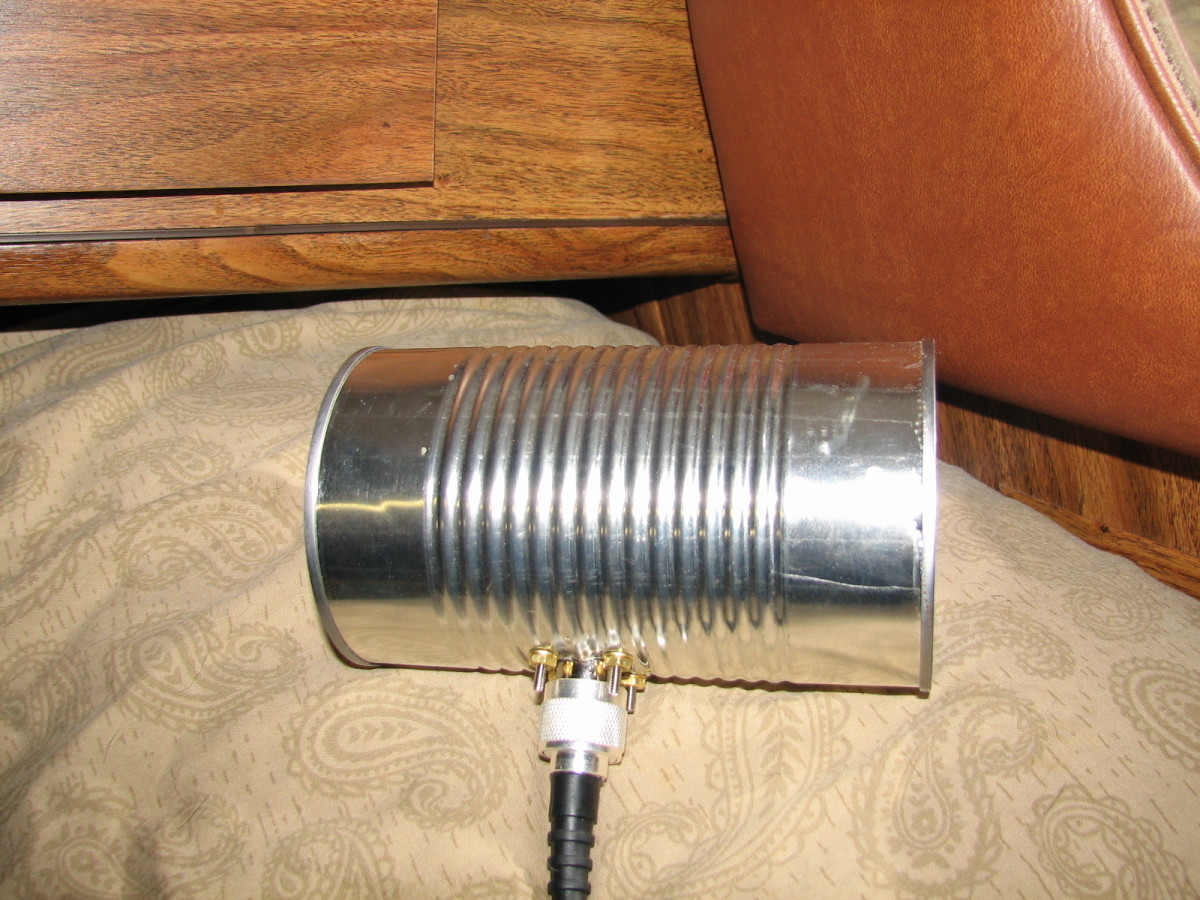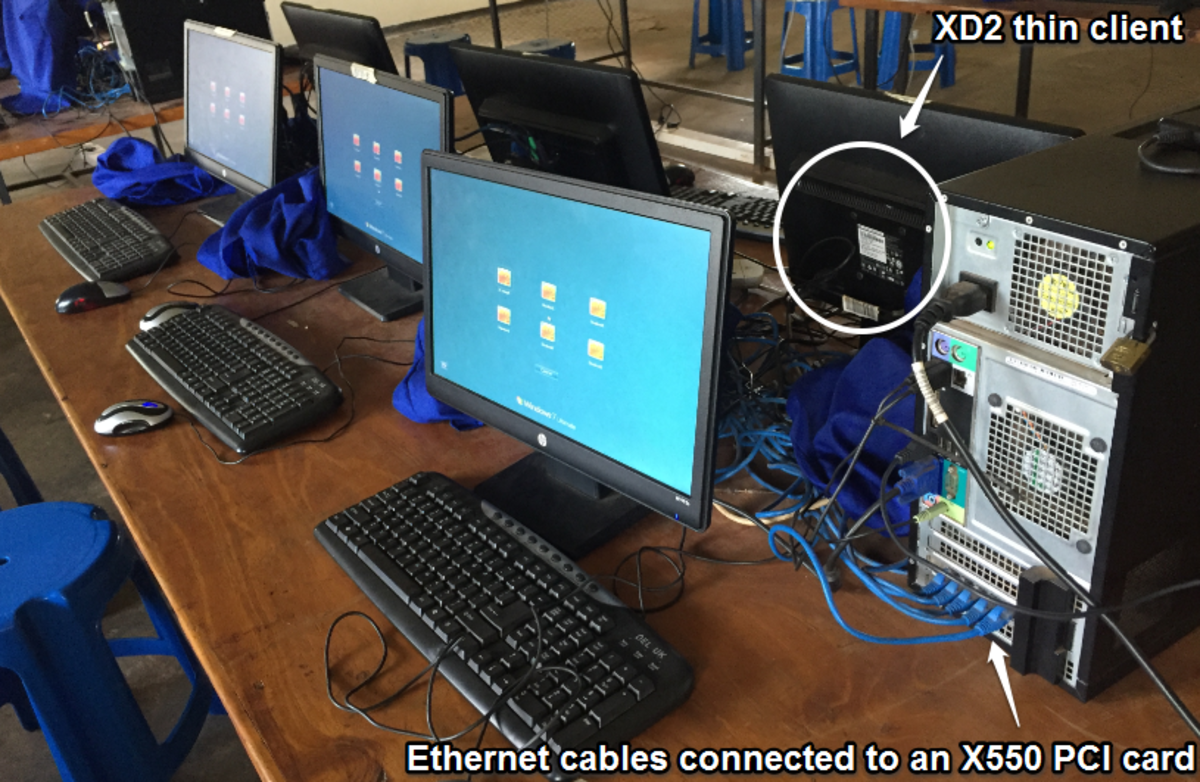- HubPages»
- Technology»
- Computers & Software»
- Computer How-Tos & Tutorials
OSI REFRENCE MODEL Introductory Lesson For Computer Network Engineer
7 Layer of OSI Refrence Model
- In Computer Networking industry without proper introduction of OSI reference model you can not go further about Computer Networking.It is primary model for Network Communication.It is 7 layer model.The 7 layer of OSI reference model illustrating a particular function, which is known as layering.
- By proper introduction and complete information about OSI reference model we can easily understand,how information travel through the Network.
- The OSI reference model describes how data travels from application programs (For example PowerPoint slide, Access form etc),through a network medium,to an application program located in another computer,even if the sender and receiver are connected using different network media.
OSI REFERENCE MODEL :
- Application Layer
- Presentation Layer
- Session Layer
- Transport Layer
- Network Layer
- Data Link Layer
- Physical Layer
- Why we need OSI reference model ?
To solve the problem of networks being incompatible and unable to communicate with each other, the ISO researched different network schemes.As a result of this research the ISO created a model that would help vendors create Networks that would be compatible with , and operate with other Networks.The OSI reference model released in 1984.
Physical Layer :
Concerned with the transmission of bits. Defines the mechanism for communicating with the transmission medium and interface hardware.
Data Link Layer :
It is second Layer of OSI model for computer to computer communication. It relates with flow of data.The data link layer divided into two other layers. (Handals errors in the physical layer.Groups bits into frame and ensures there correct delivery.Adds some bits in the beginning and end of each frame plus checksum. If checksum is not correct it asks for retransmission. Data Link Layer divided into two sub layer. (1) LLC - Logical Link Control defines how data is transferred over the cable and provides link to higher layer. (2) MAC - Media Access control defines who can use access the computer when multiple users trying to access it simultaneously.
Network Layer :
Establishes, maintains and terminates network connections. Routes data packets across network segments. Translates logical addresses and names into physical addresses.It concerned with transmission of packets.Choose the best path to send a packet (routing).
Transport Layer :
This layer provides transparent transfer of data between end systems, or hosts, and is responsible for end-to-end error recovery and flow control. It ensures complete data transfer.
Sequences data packets, and requests retransmission of missing packets. It also repackages messages for more efficient transmission over the network.
Session Layer :
Opens manages, and closes conversations between two computers. It performs name recognition and the functions such as security, needed to allow two applications to communicate over the network, also provides error handling.
Presentation Layer :
The presentation layer, usually part of an operating system, converts incoming and outgoing data from one presentation format to another. Presentation layer services include data encryption and text compression.
Application Layer :
Gives user applications access to network. This layer represents the services, that directly support the user applications such as software for file transfers, database access, and E-mail








